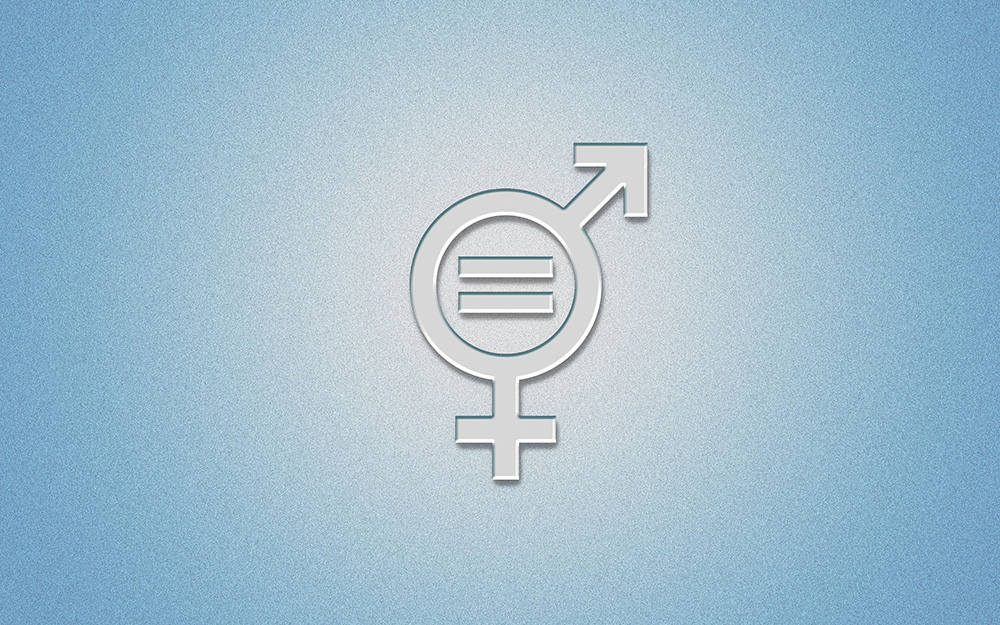Janet Blake
Associate Professor of Law, Shahid Beheshti University, Tehran
The gender diversity expressed in intangible cultural heritage (ICH) should be seen as a part of the cultural diversity now celebrated as a human rights value and should therefore be protected as such. However, this is not a simple matter since, as we know, some traditional cultural practices are incompatible with the fundamental human rights principles of equality and non-discrimination. Indeed, the question of how the requirements of gender equality can be met within the framework of UNESCO’s 2003 Convention for the Safeguarding of the Intangible Cultural Heritage raises some important and extremely complex issues. At the core of these rests an apparent contradiction between the human rights concept of gender equality and the multiple ways in which gender is expressed in ICH and understood by bearer communities. Since, as stated in its preamble, the 2003 Convention is explicitly placed within the broader context of human rights, this is not simply a theoretical question; any heritage recognized and safeguarded under that treaty should be compatible with human rights requirements, of which equality on the basis of sex (among other bases) is a central one. This presents important challenges to governments, the international community, and other actors interested in identifying ICH for the purposes of safeguarding; although more leeway may be possible for national safeguarding of ICH, a relatively strict test of gender equality and non-discrimination needs to be applied for the international aspects of the Convention (international inscriptions and assistance, in particular).
A first step is to understand how gender operates within ICH and to identify the differences between this and the human rights standard of gender equality. It is very important to be aware that, despite attitudes in many societies, gender does not operate along simple dualistic lines of biological sex; in reality people acquire gender roles though social and cultural processes and gender categories are, themselves, culturally determined. In contrast, the human rights notion of equality is primarily predicated on biological sex. Moreover, there is no universal understanding of gender, and it is vital to appreciate that our own (culturally bound) understanding of gender may differ greatly from that of other societies and cultures. Indeed, the imposition of outsiders’ notions of gender are potentially damaging to gender systems that may be crucial to safeguarding ICH elements expressing, for example, gender categories beyond the dualistic male-female concept such as transgender gender roles or ‘double-spirited people’. It is, therefore, important to apply an approach to gender that takes account of the variety of gender roles beyond those expressed in the notion of male-female sexual equality.
Since women constitute half of the societies to which the Convention applies, its references to communities and groups might be regarded as sufficient to address their gender equal i t y needs. At the same time, women and gender-defined minorities frequently comprise marginalized and disadvantaged groups within their communities. A further important point here is that women’s ICH is frequently neglected: Just as their productive work is often made invisible, so is women’s contribution to creating and safeguarding ICH. When applying gender equality to ICH, then, we should concentrate on whether an element encourages some form of social harm or marginalization (of women, age groups, ethnic minorities, gender-defined minorities, etc.) since apparently discriminatory cultural practices may actually offer positive benefits for specific groups, including women. Gendered forms of ICH, such as the landay oral poetry of Pushtun women in Afghanistan, for example, can be used by women to express themselves in ways not otherwise available to them in male-dominated societies. At the same time, some ICH elements (such as the performing arts of the transgender hjiras in India who undergo ritual sex changes) may even provide a social and cultural status to minorities defined by their gender who are otherwise rejected by society. Given the frequent marginalization of women, girls, and members of minority gender groups from social, political, and economic power, it is appropriate to question how their right to equality can be better protected and promoted within the ICH safeguarding paradigm. For this, a gender-sensitive perspective is needed through which the practices of women and gender-based groups can be contextualized through analyzing their social relationships and relative social power, comparing and contrasting the roles of different gender groups. At the same time, a sufficiently sophisticated approach is required so that we do not assume that an ICH practice is discriminatory simply because it is exclusively practiced by men, women, or some other gender-defined group.







